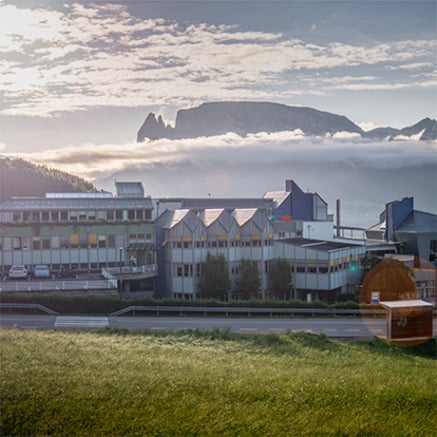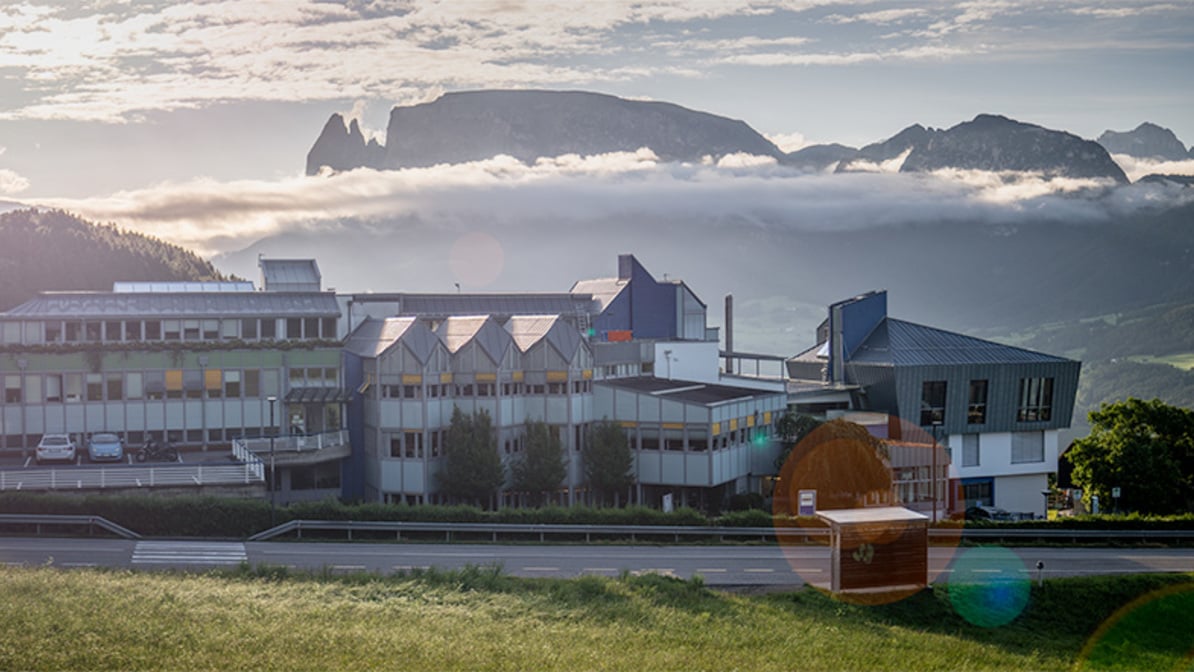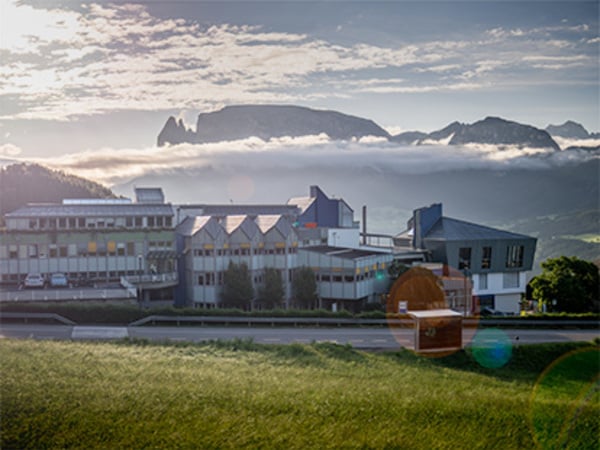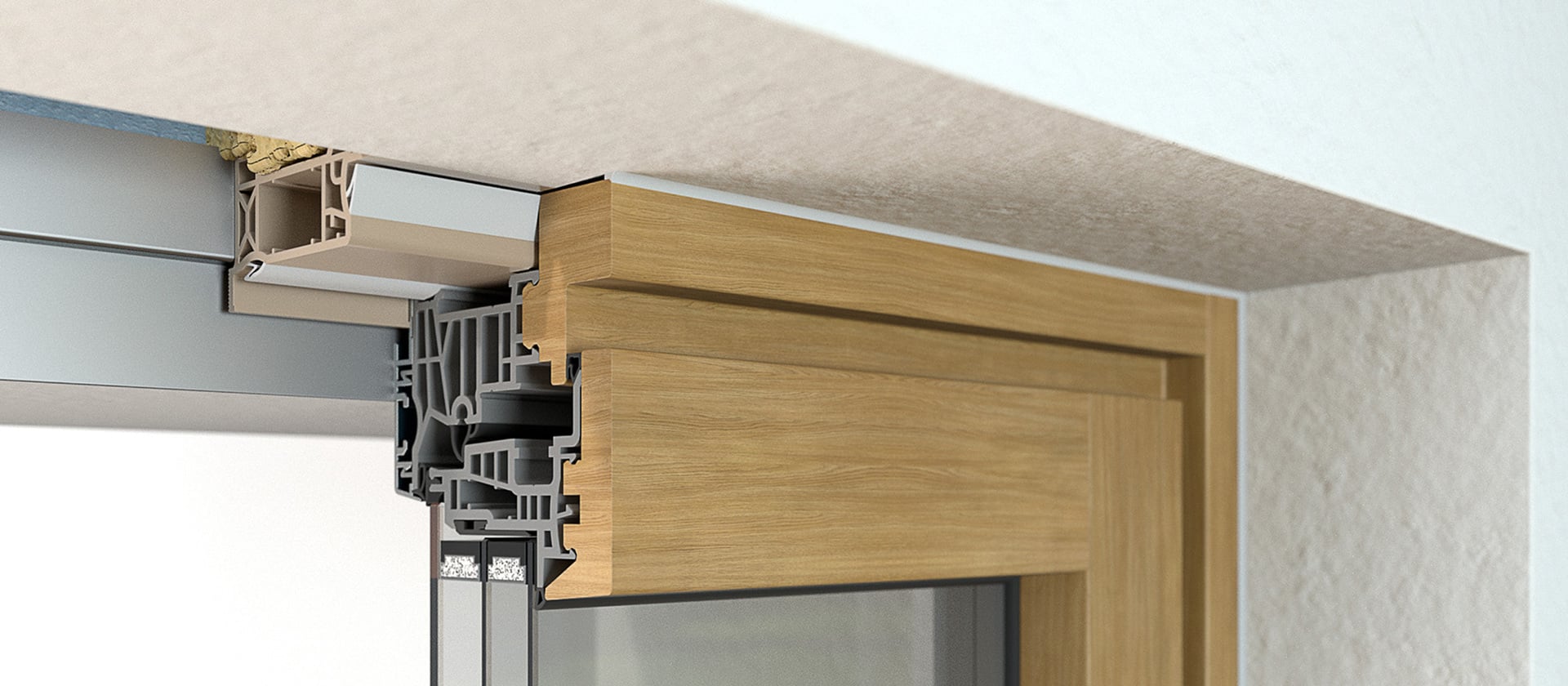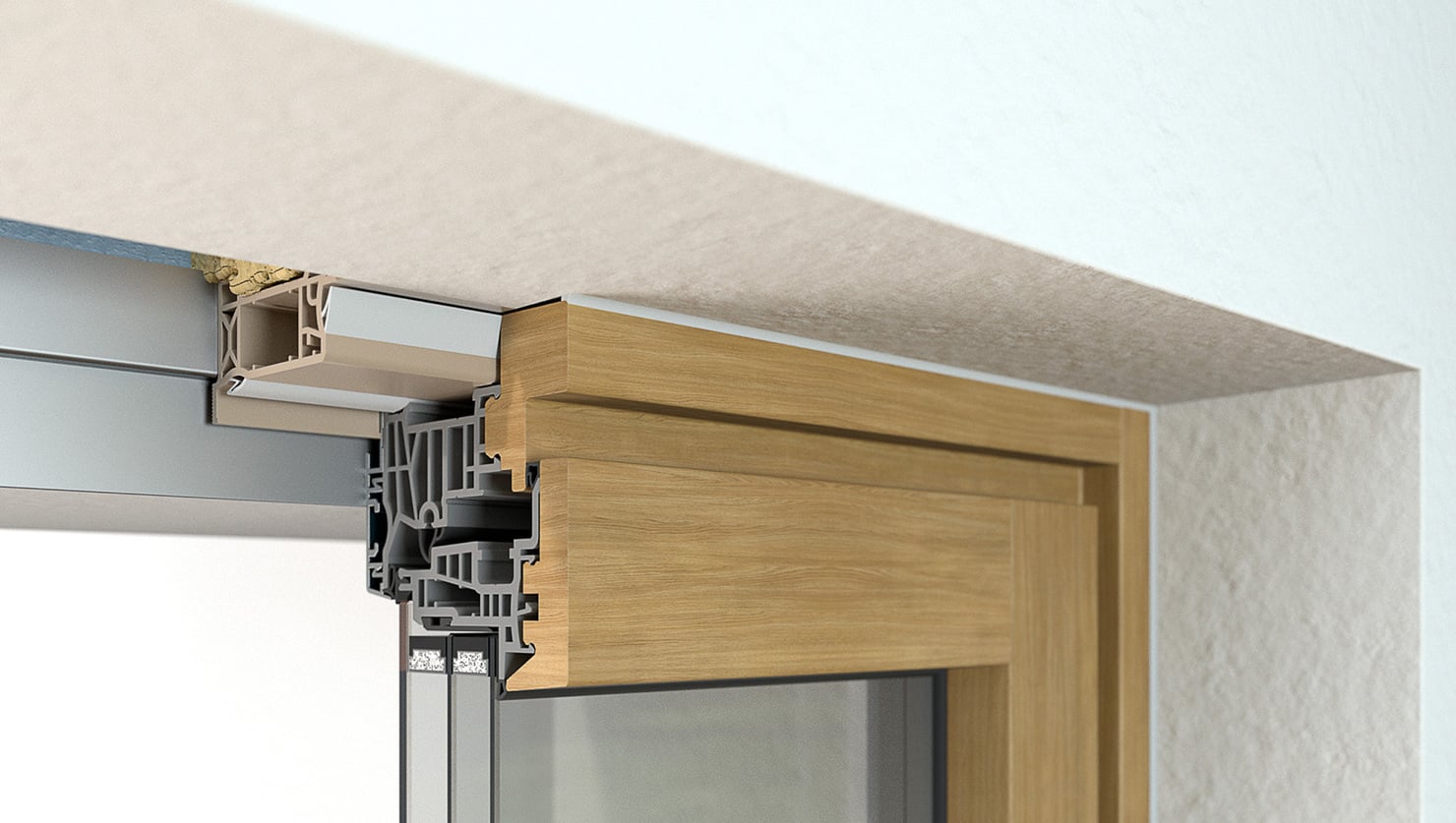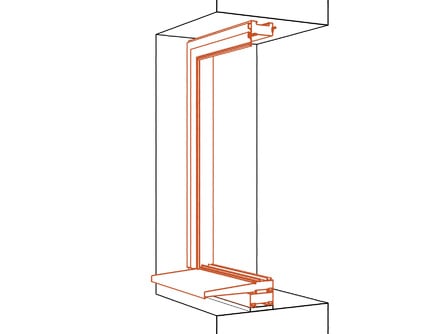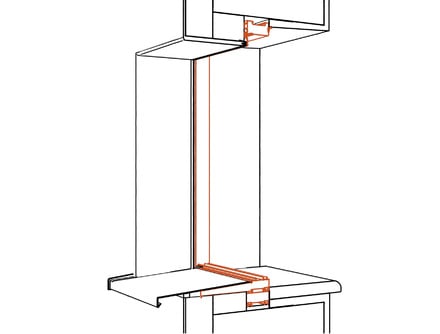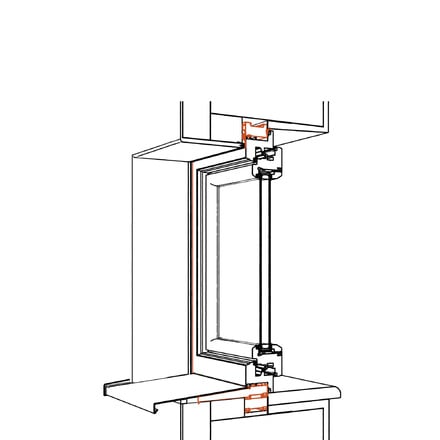Ultimately, the cheapest and best installation method.
In an interview with BM Magazine, Joachim Oberrauch explains the use and advantages of the mounting frame.
What are the advantages of mounting frames for window elements?Joachim Oberrauch: Oh, there are lots. The most important benefit is that the window elements do not get damaged during the wet construction phase. Which, unfortunately, is the rule rather than the exception. As the mounting frame allows the windows to be installed in the dry construction phase once the rough work has been completed, this considerably streamlines and simplifies the construction process. And the windows can be quickly and easily replaced at any time, as the window frame is only screwed onto the frame. In the Alpine region we are now refurbishing buildings where frames were used 30 years ago – reducing the installation effort to an absolute minimum. That’s why I would call mounting frames the most sustainable method of installation.
How do you see the development and use of mounting frames in Germany?JO: Installation using mounting frames is still a niche issue in Germany, but it is developing very positively. Especially considering the increasing speeds involved in the construction process, frames are the ideal solution for streamlining and protecting the project. In our direct sales area around our plant in Gochsheim, near Schweinfurt, we will only install every new build order using mounting frames – no matter whether the windows are of PVC, aluminium or wood-aluminium. Our sales department has made frame installation in new builds a standard, and they use numerous additional arguments to further differentiate the range of products offered. Everyone will be convinced because, ultimately, it is the cheapest and best way to install windows.
How can mounting frames be further established in the industry so that they are also used by installers?JO: Explain. Explain. Explain. This system is unknown in Germany, but it is a real problem-solver. It is important to tell clients and planners about it at every opportunity. If I were an installer, I wouldn’t want anything else but a mounting frame. It turns a fairly undefined reveal into a standardised interface. All other trades can and must then “work” on this very precise interface.
The best installers are employed on mounting the frames, as these have to be installed to a high professional standard. Another advantage for installers is that frames weigh very little and are very resistant. This allows them to focus on the structural joint.
What do your Finstral partners have to say about mounting frames?JO: Do you mean before or after we have explained the concept to them? Seriously, the principle of mounting frames requires a rethinking of processes, from the advice and the order through to the building site itself. Not every partner is immediately on board with this idea. But we are certain that mounting frames in new builds have the potential to become the standard installation method. Some partners from southern and northern Germany are currently processing initial test orders. We deliver the mounting frames within two weeks. After mounting, the building site is immediately a more relaxed place for the partner as the other trades can continue to work and orient themselves to the frame. That is what fully convinced our partners.
And what do the end customers feel about this type of installation?JO: The end customers usually don’t worry about the way their windows are installed – until they are made aware of the big differences. The standardised frame interface ensures the ideal conditions for top-quality installation. And top-quality installation is a prerequisite for the many functions that windows and doors offer as a transparent component between inside and outside. Our experience shows that end customers are happy to adopt modern mounting methods when we explain the benefits to them in a clear way.
Why has the mounting frame become established in Austria, Italy and the Netherlands, and what needs to happen to make it more popular in Germany?JO: The mounting frame has been a feature of these regions for decades. It is not hard to understand why: is there greater emphasis in these places on modern mounting methods? Is price too great a consideration for Germans? Or did people simply not question their usual behaviour? Since the ift in Rosenheim reopened the discussion in Germany with its cross-industry working group, I at least have noticed significantly more interest in the topic, at conferences, in discussions with market partners and also in the trade press. Something is happening and that’s a good sign.
Is the price of mounting frames a decisive reason why they are not widely used in Germany?JO: In Germany, the price of the mounting frame is considered individually rather than in relation to the overall project. This gives the impression that a mounting frame would increase costs, although it offers a more cost-effective solution overall. As a rule, the box for the shading device, the attachment for the guide rails and, increasingly, ventilation systems are also integrated into the frame. And, if you look at the entire product life cycle, the frame saves a great deal of time and effort in terms of mounting and preparatory work. Replacing windows in half an hour without additional preparatory material is a very realistic promise for existing frames. This significantly reduces the reluctance to replace windows over subsequent decades.
Do you think that mounting frames should be mandatory throughout Germany if this would make sense?JO: Innovations in our industry are usually the consequence of mandatory specifications: insulation glass had been known for decades before it conquered Germany in 1978 thanks to the thermal protection regulations. Injury-reducing glass is unfortunately still a niche issue in Germany, whereas it has become standard and mandatory in Italy, Austria, Switzerland, Belgium and the Netherlands. Thus the mandatory use of mounting frames in new builds would be welcome as it would be a major step towards the sustainable and resource-saving installation and replacement of windows.
